Occupation Computer scientist Years active 1972–1994 Children Scott Kildall | Name Gary Kildall Role Computer scientist | |
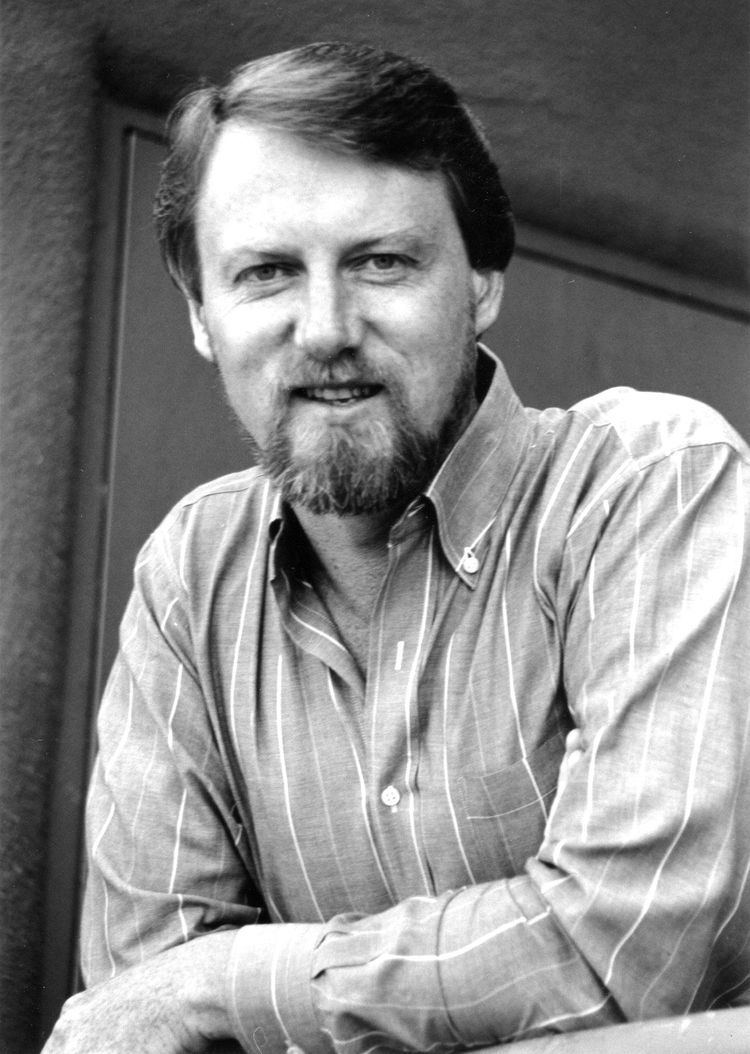 | ||
Spouse Karen Kildall (m. 1986), Dorothy Kildall (m. 1963–1983) Similar People Tim Paterson, Scott Kildall, Dan Bricklin, Bob Frankston, Butler Lampson | ||
The computer chronicles gary kildall special
Gary Arlen Kildall (; May 19, 1942 – July 11, 1994) was an American computer scientist and microcomputer entrepreneur who created the CP/M operating system and founded Digital Research, Inc. (DRI). Kildall was one of the first people to see microprocessors as fully capable computers rather than equipment controllers and to organize a company around this concept. He also co-hosted the PBS TV show The Computer Chronicles. Although his career in computing spanned more than two decades, he is mainly remembered in connection with IBM's unsuccessful attempt in 1980 to license CP/M for the IBM PC.
Contents
- The computer chronicles gary kildall special
- Legacy of gary kildall the cp m ieee milestone dedication
- Early life
- CPM
- IBM dealings
- Later work
- Personal life
- Death
- Recognition
- References
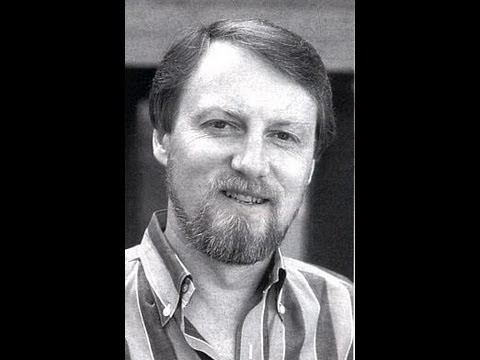
Legacy of gary kildall the cp m ieee milestone dedication
Early life
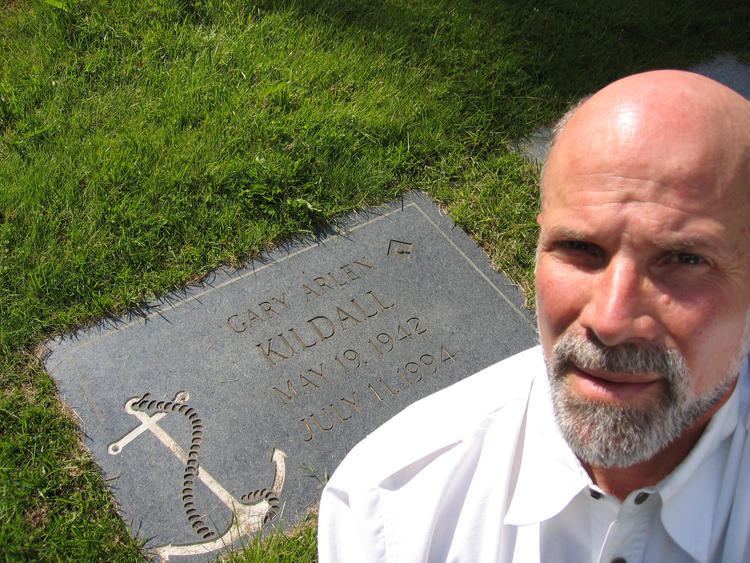
Gary Kildall was born and grew up in Seattle, Washington, where his family operated a seafaring school. His father, Joseph Kildall, was a captain of Norwegian heritage. His mother Emma was half-Swedish—Gary's grandmother was born in Långbäck, Sweden, in Skellefteå Municipality but emigrated to Canada at 23 years of age.
Gary attended the University of Washington (UW) hoping to become a mathematics teacher, but became increasingly interested in computer technology. After receiving his degree, he fulfilled a draft obligation to the United States Navy by teaching at the Naval Postgraduate School (NPS) in Monterey, California. Being within an hour's drive of Silicon Valley, Kildall heard about the first commercially available microprocessor, the Intel 4004. He bought one of the processors and began writing experimental programs for it. To learn more about the processors, he worked at Intel as a consultant on his days off.

Kildall briefly returned to UW and finished his doctorate in computer science in 1972, then resumed teaching at NPS. He published a paper that introduced the theory of data-flow analysis used today in optimizing compilers, and he continued to experiment with microcomputers and the emerging technology of floppy disks. Intel lent him systems using the 8008 and 8080 processors, and in 1973, he developed the first high-level programming language for microprocessors, called PL/M. He created CP/M the same year to enable the 8080 to control a floppy drive, combining for the first time all the essential components of a computer at the microcomputer scale. He demonstrated CP/M to Intel, but Intel had little interest and chose to market PL/M instead.
CP/M

Kildall and his wife Dorothy established a company, originally called "Intergalactic Digital Research" (later renamed as Digital Research, Inc), to market CP/M through advertisements in hobbyist magazines. Digital Research licensed CP/M for the IMSAI 8080, a popular clone of the Altair 8800. As more manufacturers licensed CP/M, it became a de facto standard and had to support an increasing number of hardware variations. In response, Kildall pioneered the concept of a BIOS, a set of simple programs stored in the computer hardware (ROM or EPROM chip) that enabled CP/M to run on different systems without modification.

CP/M's quick success took Kildall by surprise, and he was slow to update it for high density floppy disks and hard disks. After hardware manufacturers talked about creating a rival operating system, Kildall started a rush project to develop CP/M 2. By 1981, at the peak of its popularity, CP/M ran on 3,000 different computer models and DRI had $5.4 million in yearly revenues.
IBM dealings
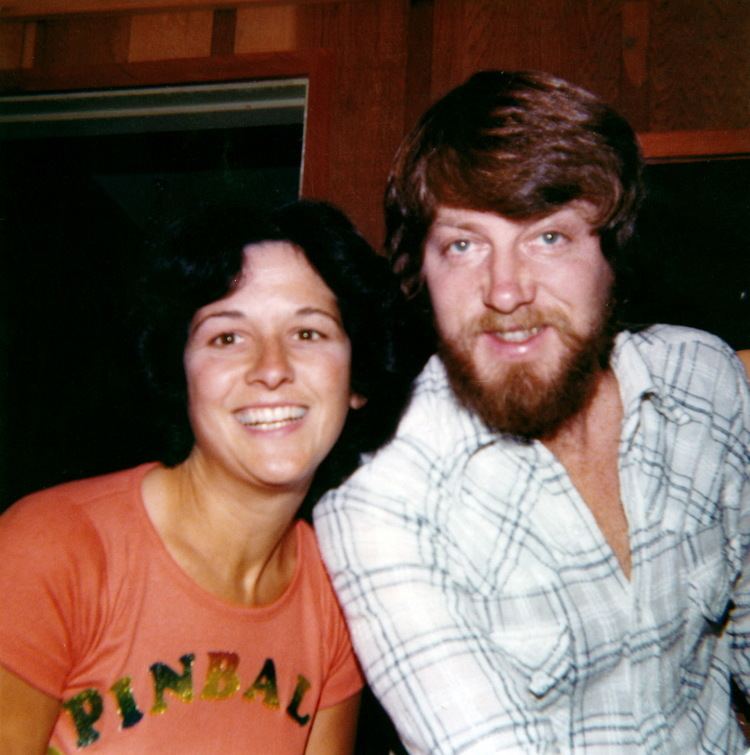
IBM, presided by John R. Opel, approached Digital Research in 1980, at Bill Gates' suggestion, to negotiate the purchase of a forthcoming version of CP/M called CP/M-86 for the IBM PC. Gary had left negotiations to his wife, Dorothy, as he usually did, while he and colleague and developer of MP/M operating system Tom Rolander used Gary's private airplane to deliver software to manufacturer Bill Godbout. Before the IBM representatives would explain the purpose of their visit, they insisted that Dorothy sign a non-disclosure agreement. On the advice of DRI attorney Gerry Davis, Dorothy refused to sign the agreement without Gary's approval. Gary returned in the afternoon and tried to move the discussion with IBM forward, but accounts disagree on whether he signed the non-disclosure agreement, as well as if he ever met with the IBM representatives.
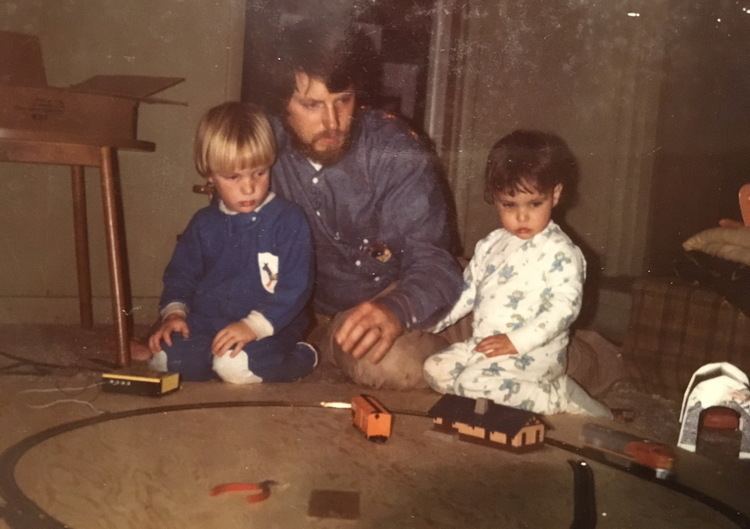
Various reasons have been given for the two companies failing to reach an agreement. DRI, which had only a few products, might have been unwilling to sell its main product to IBM for a one-time payment rather than its usual royalty-based plan. Dorothy might have believed that the company could not deliver CP/M-86 on IBM's proposed schedule, as the company was busy developing an implementation of the PL/I programming language for Data General. Or, the IBM representatives might have been annoyed that DRI had spent hours on what they considered a routine formality. According to Kildall, the IBM representatives took the same flight to Florida that night that he and Dorothy took for their vacation, and they negotiated further on the flight, reaching a handshake agreement. IBM lead negotiator Jack Sams insisted that he never met Gary, and one IBM colleague has confirmed that Sams said so at the time. He accepted that someone else in his group might have been on the same flight, but noted that he flew back to Seattle to talk with Microsoft again.
Sams related the story to Gates, who had already agreed to provide a BASIC interpreter and several other programs for the PC. Gates' impression of the story was that Gary capriciously "went flying", as he would later tell reporters. Sams left Gates with the task of finding a usable operating system, and a few weeks later he proposed using the operating system 86-DOS—an independently developed operating system that implemented Kildall's CP/M API—from Seattle Computer Products (SCP). Paul Allen negotiated a licensing deal with SCP. Allen had 86-DOS adapted for IBM's hardware, and IBM shipped it as PC DOS.
Kildall obtained a copy of PC DOS, examined it, and concluded that it infringed on CP/M. When he asked Gerry Davis what legal options were available, Davis told him that intellectual property law for software was not clear enough to sue. Instead Kildall only threatened IBM with legal action, and IBM responded with a proposal to offer CP/M-86 as an option for the PC in return for a release of liability. Kildall accepted, believing that IBM's new system (like its previous personal computers) would not be a significant commercial success. When the IBM PC was introduced, IBM sold its operating system as an unbundled option. One of the operating system options was PC DOS, priced at US$40. PC DOS was seen as a practically necessary option; most software titles required it and without it the IBM PC was limited to its built-in Cassette BASIC. CP/M-86 shipped a few months later six times more expensive at $240, but sold poorly against DOS and enjoyed far less software support.
Later work
With the loss of the IBM deal, Gary and Dorothy found themselves under pressure to bring in more experienced management, and Gary's influence over the company waned. He worked in various experimental and research projects, such as a version of CP/M with multitasking (MP/M) and an implementation of the Logo programming language. He hoped that Logo, an educational dialect of LISP, would supplant BASIC in education, but it did not. After seeing a demonstration of the Apple Lisa, Kildall oversaw the creation of DRI's own graphical user interface, called Graphics Environment Manager (GEM) Desktop. Novell acquired DRI in 1991 in a deal that netted millions for Kildall.
Kildall also pursued computing-related projects outside DRI. During seven years, from 1983 to 1990 he co-hosted a public television program on the side, called Computer Chronicles, that followed trends in personal computing. In 1984 he started another company, Activenture, which adapted optical disc technology for computer use. In early 1985 it was renamed into KnowledgeSet and released the first computer encyclopedia in June 1985, a CD-ROM version of Grolier's Academic American Encyclopedia named The Electronic Encyclopedia, later acquired by Banta. Kildall's final business venture, known as Prometheus Light and Sound (PLS) and based in Austin, Texas, developed a home PBX system that integrated land-line telephones with mobile phones.
Personal life
Kildall's colleagues recall him as creative, easygoing, and adventurous. In addition to flying, he loved sports cars, auto racing, and boating, and he had a lifelong love of the sea.
Although Kildall preferred to leave the IBM affair in the past and to be known for his work before and afterward, he continually faced comparisons between himself and Bill Gates as well as fading memories of his contributions. A legend grew around the fateful IBM-DRI meeting (encouraged by Gates and various journalists), suggesting that Kildall had irresponsibly taken the day off for a recreational flight, and he became tired of constantly having to refute that story. In later years, he had occasional private expressions of bitterness at being overshadowed by Microsoft.
Kildall was annoyed when the University of Washington asked him, as a distinguished graduate, to attend their computer science program anniversary in 1992, but gave the keynote speech to Gates, a dropout from Harvard. In response he started writing his memoir, Computer Connections. The memoir, which he distributed only to a few friends, expressed his frustration that people did not seem to value elegance in software, and it said of Gates, "He is divisive. He is manipulative. He is a user. He has taken much from me and the industry." In an appendix he called DOS "plain and simple theft" because its first 26 system calls worked the same as CP/M's. He accused IBM of contriving the price difference between PC DOS and CP/M-86 in order to marginalize CP/M. The journalist Harold Evans used the memoir as a source for a chapter about Kildall in the 2004 book They Made America, concluding that Microsoft had robbed Kildall of his inventions. IBM veterans from the PC project disputed the book's description of events, and Microsoft described it as "one-sided and inaccurate." In August 2016, Kildall's family made the first part of his memoir available to the public.
Selling DRI to Novell had made Kildall a wealthy man, and he moved to the West Lake Hills suburb of Austin. His Austin house was a lakeside property, with stalls for several sports cars, plus a video studio in the basement. Kildall owned and flew his own Learjet private jet airplane and had at least one boat on the lake. While in Austin he also participated in volunteer efforts to assist children with HIV/AIDS. He owned a mansion with a panoramic ocean view in Pebble Beach, California, near the headquarters of DRI.
Death
On July 8, 1994, Kildall fell at a Monterey, California biker bar and hit his head. The exact circumstances of the injury remain unclear. He had been an alcoholic in his later years. Various sources have claimed he fell from a chair, fell down steps, or was assaulted because he walked into the Franklin Street Bar & Grill wearing Harley-Davidson leathers. He checked in and out of the hospital twice, and died three days later at the Community Hospital of the Monterey Peninsula. An autopsy the next day did not conclusively determine a cause of death. A CP/M Usenet FAQ says he was concussed from the fall and died of a heart attack, the connection between the two unclear. He is buried in Evergreen Washelli Memorial Park in north Seattle.
Recognition
Following the announcement of Kildall's death, Bill Gates commented that he was "one of the original pioneers of the PC revolution" and "a very creative computer scientist who did excellent work. Although we were competitors, I always had tremendous respect for his contributions to the PC industry. His untimely death was very unfortunate and his work will be missed."
In March 1995, Kildall was posthumously honored by the Software Publishers Association (now the Software and Information Industry Association) for his contributions to the microcomputer industry:
In April 2014, the city of Pacific Grove installed a commemorative plaque outside Kildall's former residence, which also served as the early headquarters of Digital Research.
